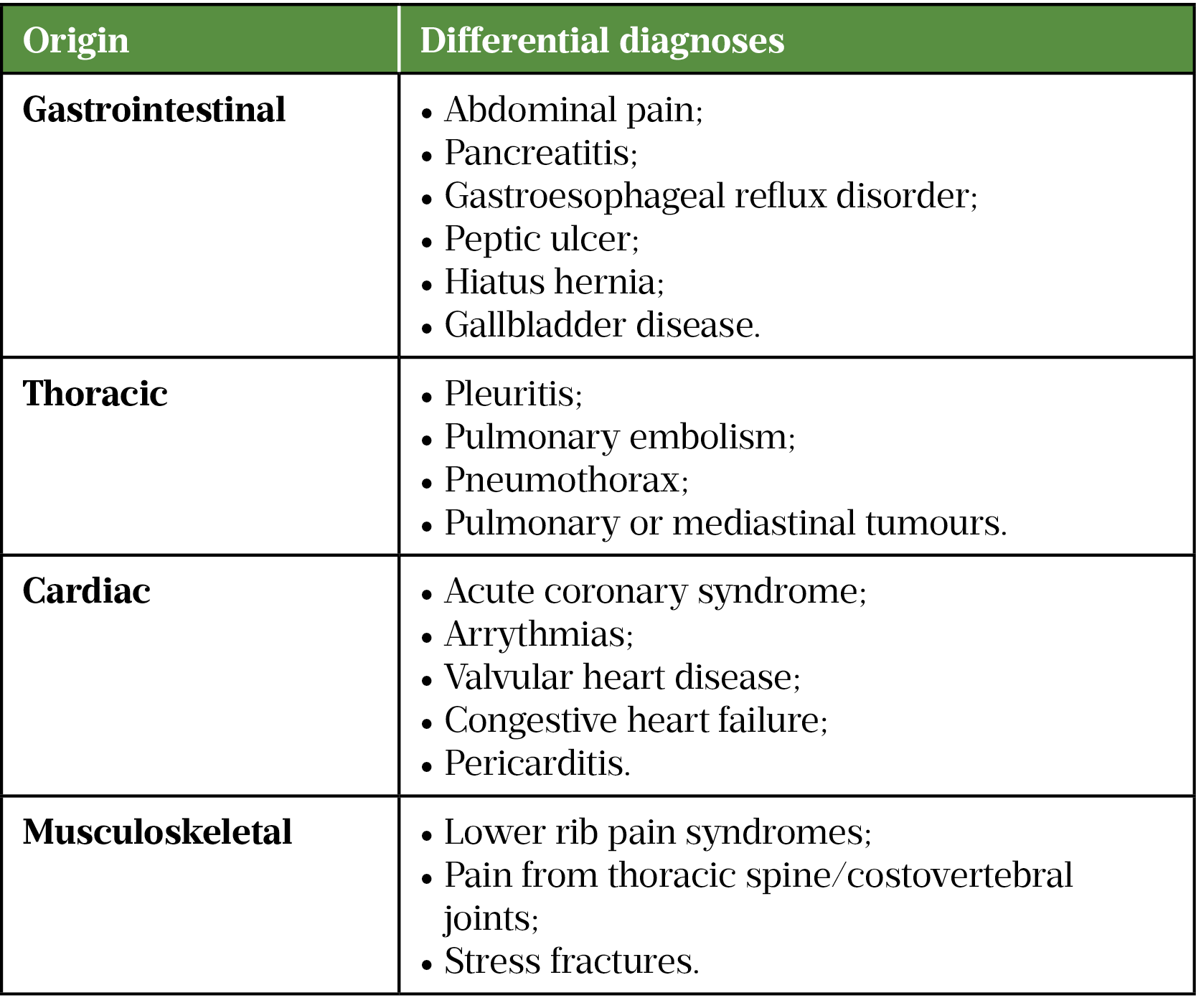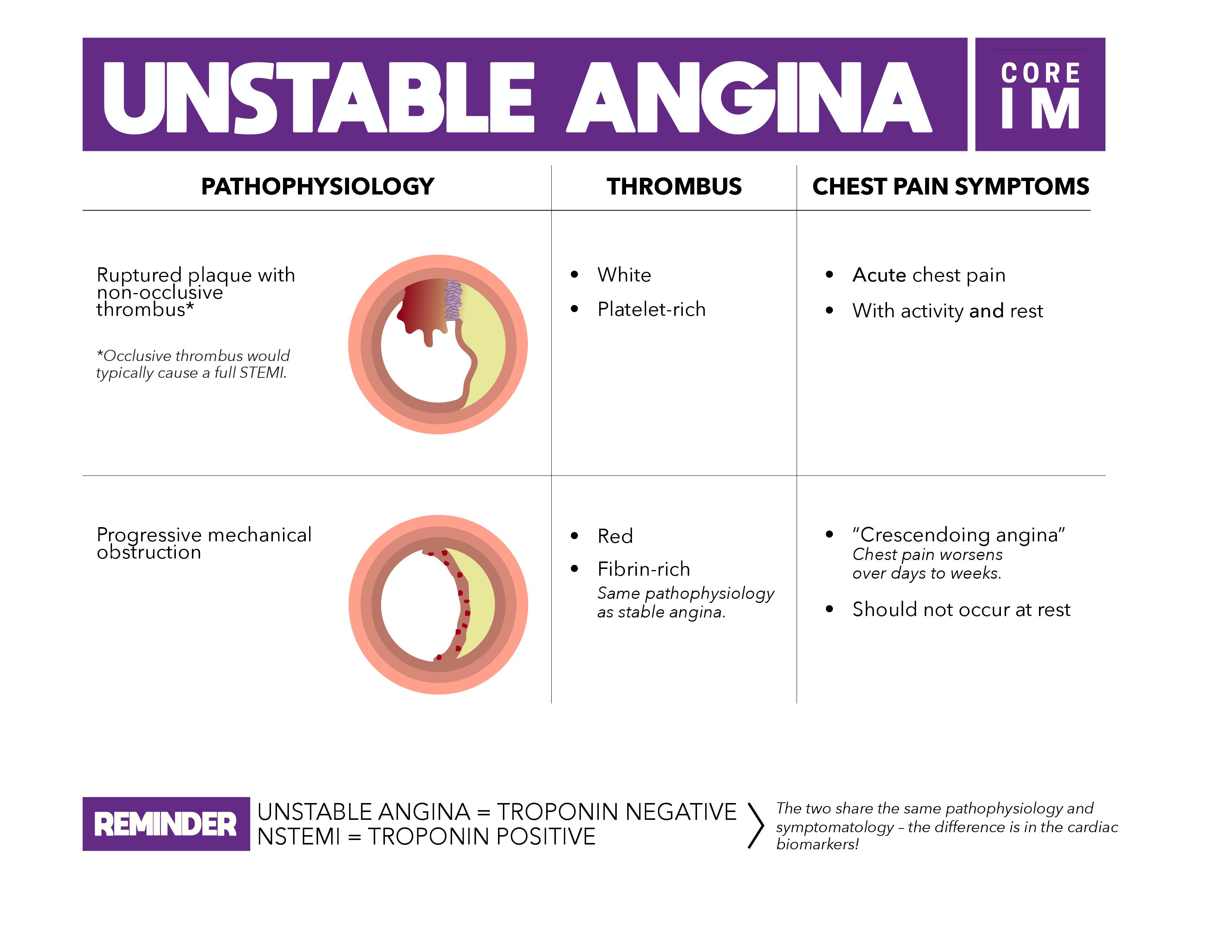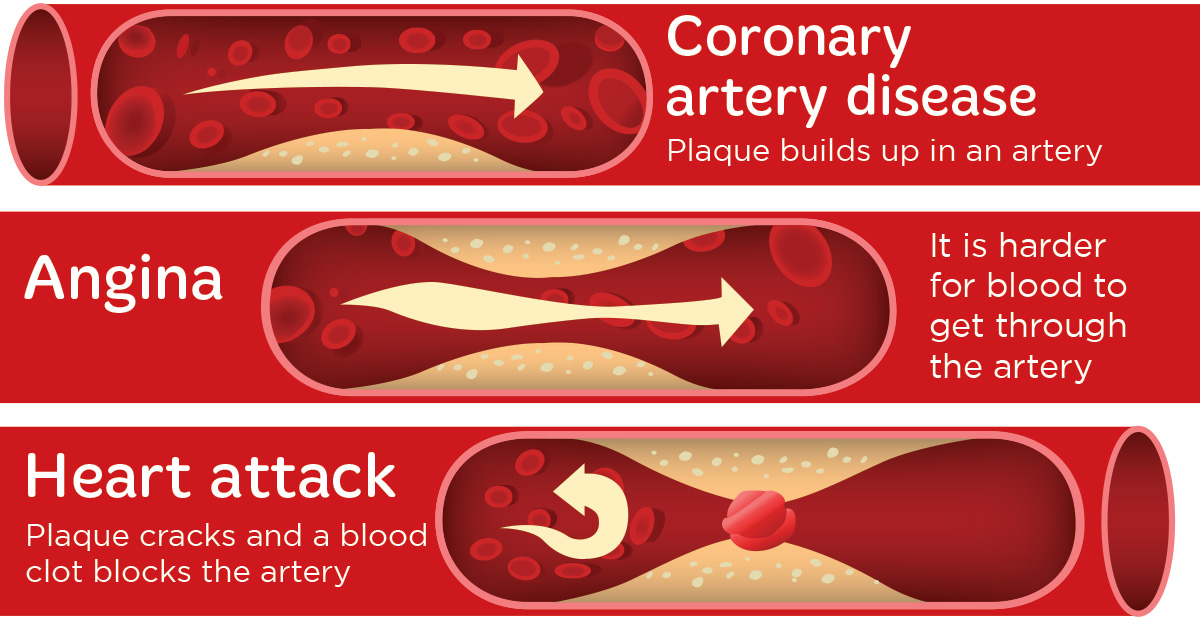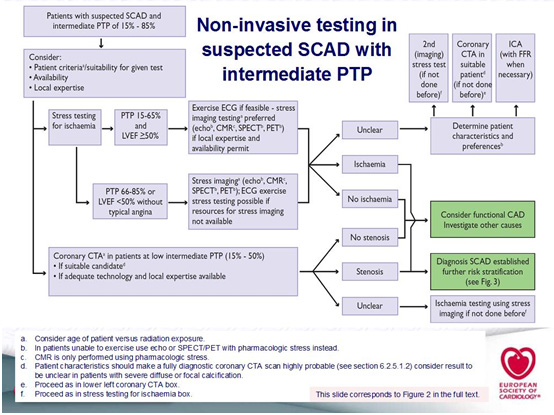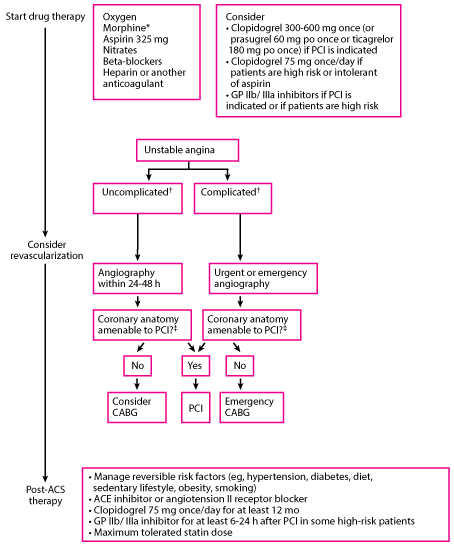Ace Info About How To Diagnose Angina

Here are some of the most common.
How to diagnose angina. Chest pain or discomfort that usually starts behind the breastbone or in the chest and may feel like squeezing, tightness, heaviness,. First, your doctor will want to know how you are feeling. Blood tests to check your.
• vague pain or pressure in your lower chest. You doctor will perform a physical exam that includes checking your blood pressure. Troponin levels can help doctors tell unstable angina from heart attacks.
Your doctor may perform an electrocardiogram (ecg), a stress test without imaging or blood tests to help diagnose your condition. In addition to a complete medical history and medical exam, your healthcare provider can often diagnose angina from your symptoms and how and when they occur. The test may be conducted while riding a stationary bike or walking on a.
Blood tests check the level of cardiac troponins. How is unstable angina diagnosed? 7 a diagnosis of aa is considered if postprandial pain or discomfort occurs at a fixed time (typically 15 to 30 minutes) after eating.
The general symptoms of angina can include: Looking at a person's body to check for normal findings and any changes that may indicate a diagnosis. Touching areas of a person's body to check for pain, tenderness, swelling,.
• pain may spread to your neck, jaw or left shoulder. Patients with symptoms and/or signs of ischaemia but no obstructive coronary artery disease (inoca) present a diagnostic and therapeutic challenge. If you have stable angina, a stress test may be ordered to see if chest pains can be induced.
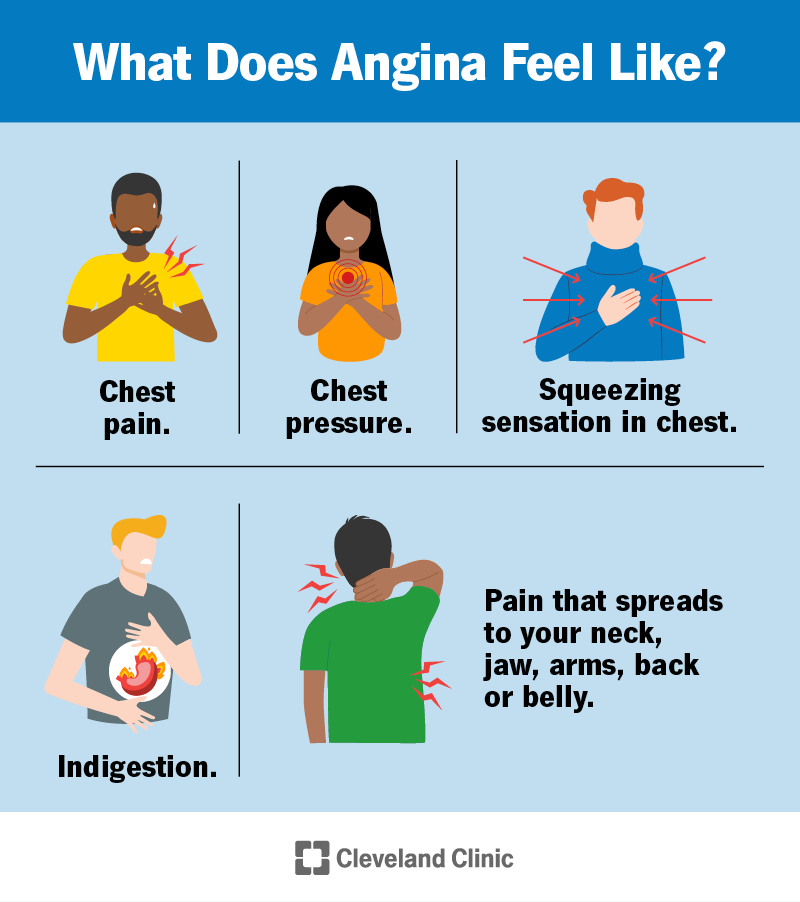

:max_bytes(150000):strip_icc()/unstable-angina-1745300-FINAL-bc6591effb28413082e53696e8636ae7.png)


